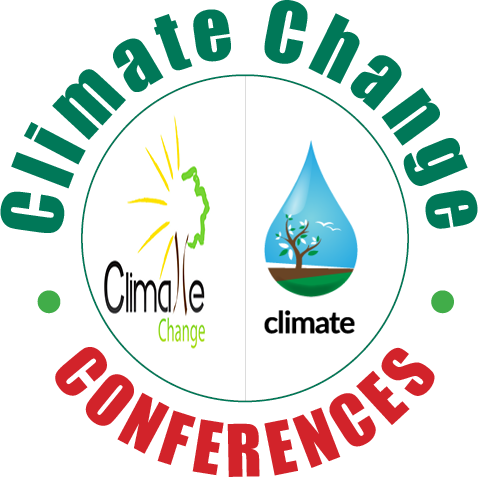Fawei Yan
Renmin University of China, China
Title: Differences in PM2.5 from various combusted materials
Biography
Biography: Fawei Yan
Abstract
PM2.5 now is a very hot topic in China and the government is taking sustained efforts to resolve this problem. Especially, in Beijing, restricting vehicles, restriction on constructions, closing low-end factories that contaminate the environment, are several means to reduce the PM2.5 generation by all respects. However, PM2.5 emerges from many sources, including natural and anthropogenic discharges. One of the main anthropogenic sources is combustion. Fuel burning is a very important source. Many researchers have deeply studied the formation of PM2.5 from coal combustion or oil combustions. However, the research on PM2.5 from other combustions is a rarity. Hence, several materials were combusted including plastic, wood and glass as the research subjects in the same operation condition in this study. These three represent three kinds of materials, chemical organic matter, organic biomass and inorganic matter. Information such as PM2.5 production and PM2.5 morphology were collected. The findings suggested that different wastes would exhibit different PM2.5 emission potentials in the same combustion operation condition and the morphologies of PM2.5 from various combustion sources is also identifiable. Plastic combustion bears the highest PM2.5 discharge potential during incomplete burning with tremendous spherical particulates in the images. Glass bears no PM2.5 discharge potential for its incombustible properties. While wood would generate PM2.5 in an irregular shape with a moderate production.
Recent Publications
-
Fenfen Zhu and Fawei Yan (2017) PM2.5 emission behavior from laboratory-scale combustion of typical municipal solid waste components and their morphological characteristics. Energy & Fuels 111:855-876.
-
Fawei Yan and Fenfen Zhu (2016) Preliminary study of PM2.5 formation during municipal solid waste incineration. Procedia Environmental Sciences 31:475–481.

